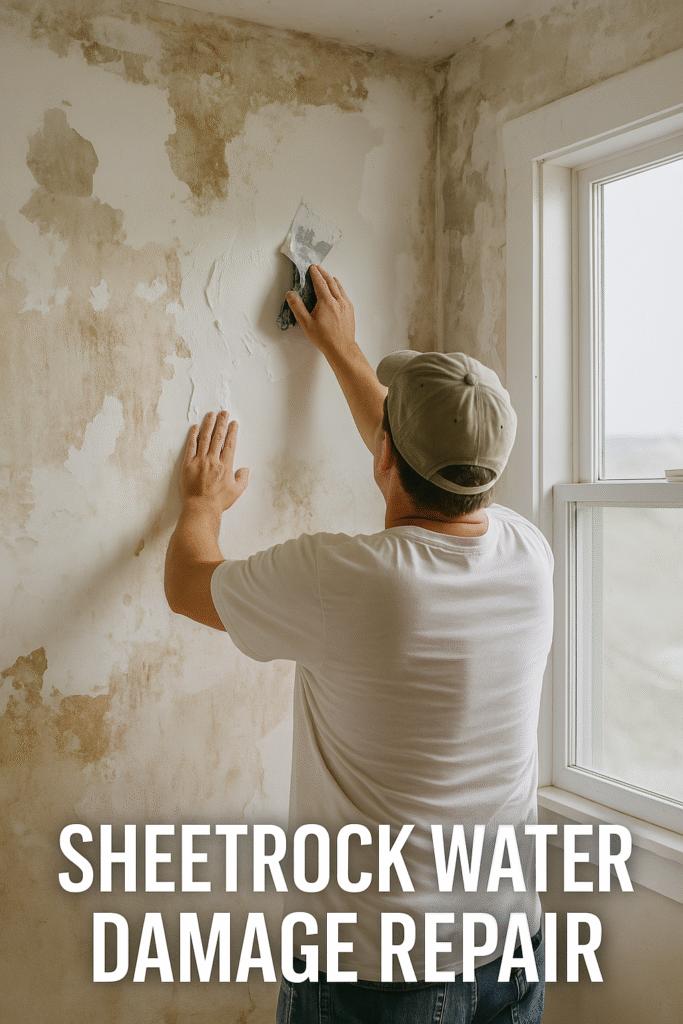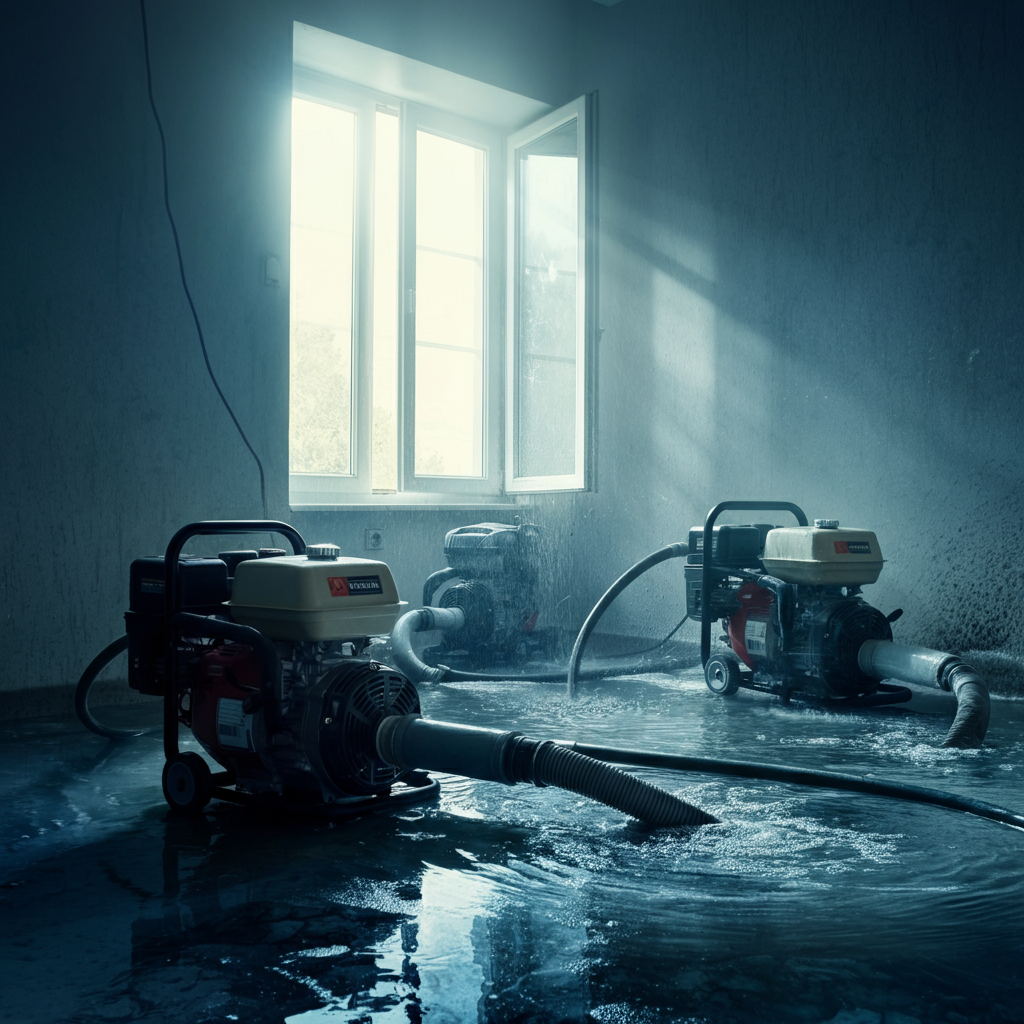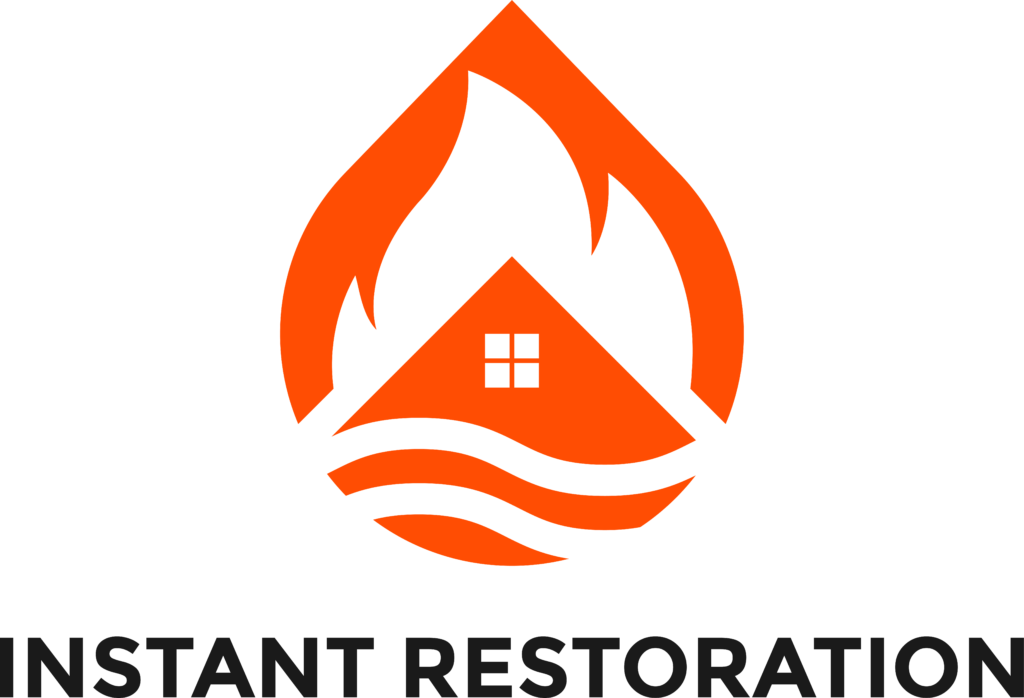Standard homeowners insurance policies may cover water damage caused by sudden events like burst pipes, but typically do not cover flood damage—flood insurance may be needed for flood-related incidents. The costs associated with water damage repair, including drying, cleaning, and restoring your property, can add up quickly, so it’s important to understand what your policy covers. Insurance policies usually cover water damage from sudden, accidental events, but not from gradual issues or lack of maintenance, so always review your policy details. Typically, insurance covers direct physical damage caused by specific events like storms or burst pipes, not damage resulting from ongoing issues or maintenance failures causing damage.
If possible, relocate furniture from wet areas to prevent swelling, cracking, or permanent damage. The surface of water-damaged areas can help indicate the age of the damage: new water damage usually has a wet but firm surface, while older damage may feel softer or show dry rings or decay on its surface.
After these steps, monitor humidity levels and ensure the home is thoroughly dried to create a dry home and prevent mold or mildew. Cleaning is also critical—make sure all affected surfaces and belongings are properly cleaned to prevent mold and bacteria from spreading.
Introduction to Burst Pipes

Burst pipes are one of the most common—and disruptive—causes of water damage in homes. Whether triggered by corrosion, freezing temperatures, construction work, or material defects, a burst pipe can unleash a torrent of water in minutes. This sudden release often leads to standing water, moisture damage, and, if not addressed quickly, rapid mold growth. The key to minimizing further damage is a fast and efficient drying process, which helps protect your property and health.
Prevention is just as important as response. Homeowners can reduce the risk of burst pipes by insulating exposed plumbing, especially in colder areas, and allowing a slow drip from faucets during freezing weather. Opening cabinet doors lets warm air circulate around pipes, further reducing the risk of freezing. Regularly inspecting your plumbing for leaks, cracks, or signs of moisture can help catch problems early—before they escalate into a full-blown water damage emergency. By staying proactive, you can keep your home dry and safe, and avoid the costly process of water damage restoration.
Ensuring Safety
When water damage occurs, your safety comes first. Before tackling any cleanup, it’s crucial to prevent further damage and protect yourself from potential hazards. Always turn off the power and water supply to the affected area to reduce the risk of electrical shock and structural damage. If you need to enter a flooded home, wear protective gear such as rubber boots, gloves, and a mask to shield yourself from bacteria, mold, chemicals, and dirt that may be present in flood water.
If the water damage is extensive or you suspect structural damage, it’s best to evacuate and contact a professional water damage restoration service. Restoration experts can assess the situation, identify hidden risks, and guide you through the safest and most effective cleanup process. Remember, flood water can carry harmful contaminants, so never take unnecessary risks—your health and safety are always the top priority.
Assessing the Situation
Once it’s safe to enter, carefully assess the situation to determine the extent of the water damage. Start by identifying all affected areas, including walls, floors, and any other items exposed to water. Use a moisture meter to detect hidden moisture behind walls or under flooring—these concealed wet spots can lead to long term damage and mold growth if left untreated.
It’s also important to determine the type of water involved: clean water from a burst pipe, grey water from leaking appliances, or black water from sewage or flood water. This will help you and your insurance company understand the risks and necessary steps for restoration. Document everything with photos and notes, as this evidence will be invaluable when you file a claim. By thoroughly assessing the damage, you can ensure that all moisture is addressed and prevent future structural damage or mold issues.
Stopping the Water Flow
The first step in any water event is to stop the water flow and prevent further damage. Locate your main water valve—typically found near the water heater or outside your home—and shut it off immediately. If the leak is isolated to a specific pipe, you may be able to use a local shut-off valve to halt the flow. For severe leaks or if you can’t find the source, don’t hesitate to call a plumber for emergency assistance.
Once the water flow is under control, it’s time to remove standing water and start the drying process. In basements or crawl spaces, a sump pump can be used to efficiently drain water. Specialized equipment like dehumidifiers and industrial fans help speed up drying, reducing the risk of mold growth and further damage. Acting quickly with the right equipment is essential to protect your property and ensure a thorough restoration process.
Notifying Your Insurance Company

After you’ve taken immediate steps to control the water and ensure safety, it’s vital to notify your insurance company as soon as possible. Prompt communication helps start the claims process and ensures you get the support you need for water damage restoration. When you call, be ready to provide detailed information about the incident—describe the cause of the water damage, the extent of the affected areas, and any visible flood damage. This helps your insurance company assess the situation and determine the next steps for restoration.
Ask your insurance representative to clarify what your policy covers, especially regarding water damage and flood damage. Standard homeowners’ insurance often covers sudden events like burst pipes, but may not include flood damage, which typically requires separate flood insurance. Understanding your coverage will help you make informed decisions and avoid unexpected costs. Keep thorough records of all communications and document the damage with photos and notes, as this will be essential when you file your claim and work with your insurance company throughout the restoration process.
Removing Standing Water
After stopping the source, removing standing water is your next priority. Use a wet/dry vacuum or towels to soak up as much water as possible from wet floors and other affected areas. For larger volumes or hard-to-reach spaces, specialized equipment such as submersible pumps may be necessary to remove water efficiently.
Once the bulk of the water is gone, focus on drying the area thoroughly. Set up fans and dehumidifiers to circulate air and reduce moisture, which helps prevent mold growth and further damage. Don’t forget to check for hidden moisture using a moisture meter or infrared camera—wet carpeting, walls, and flooring can retain water and lead to long term issues if not properly dried. By taking these steps, you’ll create a safer environment and lay the groundwork for a successful water damage restoration process.
Drying Out the Area
Once standing water has been removed, the drying process should begin immediately to prevent further damage and mold growth. Use specialized equipment such as dehumidifiers and high-powered fans to circulate air and draw out excess moisture from the affected areas. Start by mopping up or vacuuming any remaining water, paying special attention to wet floors, corners, and hidden spaces where moisture can linger.
Monitor the drying progress with a moisture meter to ensure all surfaces, including walls and subfloors, are thoroughly dry. If you’re dealing with water in a basement or crawl space, a sump pump can be invaluable for draining water quickly and efficiently. Be cautious when moving around wet floors, as they can be slippery and hazardous. The goal is to create a dry, safe environment as quickly as possible, minimizing the risk of further damage and setting the stage for a successful restoration.
Preventing Mold Growth
Mold growth can begin within just 24 to 48 hours after a water event, so it’s crucial to act fast to prevent it from taking hold in affected areas. The key is to keep the area dry—use dehumidifiers and fans to remove lingering moisture, and regularly check for damp spots with a moisture meter. Pay close attention to hidden or hard-to-reach areas, as mold can thrive behind walls, under flooring, or inside cabinets.
In addition to drying, clean and disinfect all surfaces using chemicals and equipment designed for mold remediation. If you notice any signs of mold, such as black spots or a musty odor, address them immediately to prevent further damage and health risks. Maintaining a dry environment with the help of a dehumidifier will help keep mold at bay and protect your property from long-term issues.
Cleaning and Disinfecting

Thorough cleaning and disinfecting are essential steps in the water damage restoration process. All affected areas—including floors, walls, furniture, and wet carpeting—should be cleaned with specialized equipment and appropriate chemicals to eliminate bacteria, dirt, and other contaminants. Pay special attention to areas around leaking appliances, such as water heaters, where moisture and bacteria can accumulate.
Use a wet/dry vacuum to remove debris and excess water from carpets and floors, and follow up with disinfectants to ensure the area is safe and sanitary. Regularly clean high-touch surfaces like doorknobs and switches to prevent the spread of bacteria. Proper cleaning not only helps prevent further damage but also creates a healthier environment as you restore your home or business.
Preventing Future Water Damage
Taking steps to prevent future water damage is just as important as addressing the current issue. Regularly inspect your home for signs of leaks, water stains, or mineral deposits, and repair any problems immediately to avoid structural damage and mold growth. Consider installing a sump pump in areas prone to flooding, and invest in flood insurance if you live in a high-risk area to protect against flood damage.
Keep gutters and downspouts clear to ensure proper drainage, and inspect your roof for damaged or missing shingles that could allow water to enter. Use a dehumidifier to maintain a dry environment, especially in basements or other moisture-prone areas. By staying proactive and keeping your home clean and dry, you can reduce the risk of future water damage, mold growth, and even sewage contamination, safeguarding your property and your peace of mind.
